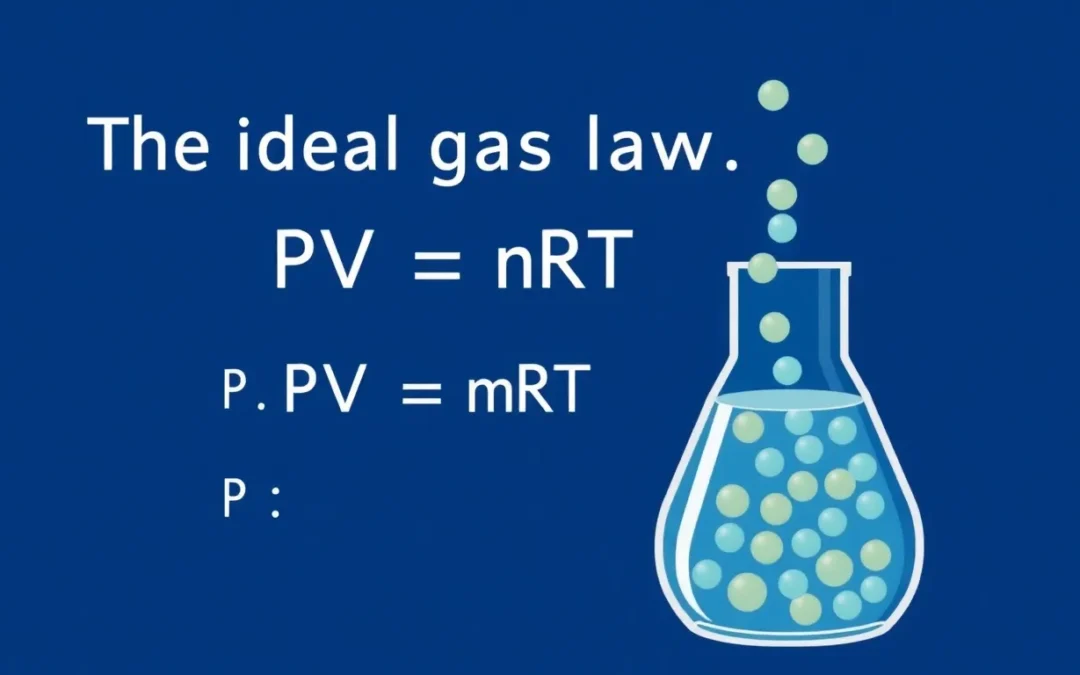The periodic table is a fundamental tool in chemistry, organizing the elements based on their atomic structure and properties. This systematic arrangement not only facilitates the study of chemical behavior but also provides insights into the relationships between different elements. In this comprehensive guide, we will explore the history, structure, and significance of the periodic table, making it accessible for both students and enthusiasts alike.

History of the Periodic Table
The journey of the periodic table began in the early 19th century when scientists sought to classify elements based on their properties. Dmitri Mendeleev is often credited with the creation of the first widely recognized periodic table in 1869. His innovative arrangement of elements by increasing atomic mass revealed periodic trends, which laid the groundwork for modern chemistry.
Mendeleev’s Contributions

Mendeleev’s periodic table was revolutionary because it not only organized known elements but also predicted the existence and properties of undiscovered elements. His foresight in leaving gaps for these elements demonstrated the periodic law, which states that the properties of elements are a periodic function of their atomic masses.

We also Published
- Discovering Near-Earth Objects
The 1781 discovery of Uranus approximately where the Titius-Bode law had forecast seemed a confirmation of its accuracy; Ceres, too, was in the right place. Piazzi first thought it might be a comet, but other astronomers doubted that. After the 1802 discovery of Pallas, traveling in a similar orbit, William Herschel declared the two objects to be a new class of celestial bodies: asteroids. - Intersection operation on two sets
The intersection of two sets A & B is defined as a set that contains only those members which are common to both A and B. The intersection operation is denoted by the symbol ∩. Remember, for two disjoint sets (sets having no common elements), the intersection results in an empty set (∅). Example ⇒If A = { […] - Olfactory Indicators
Olfactory indicators, also known as smell indicators or odor indicators, are substances that change their smell in the presence of certain chemicals or conditions. They are commonly used in chemistry experiments to detect the presence or absence of specific gases or to determine the pH level of a solution. Olfactory indicators provide a visual and olfactory cue, making it easier for scientists to identify and analyze substances.
Structure of the Periodic Table
The periodic table is structured into rows called periods and columns known as groups or families. Each element is represented by its chemical symbol, atomic number, and atomic mass. Understanding this structure is essential for grasping the relationships between elements.
Periods and Groups
Periods are horizontal rows that indicate the number of electron shells an element has. As you move from left to right across a period, the atomic number increases, and elements exhibit a gradual change in properties. Groups, on the other hand, are vertical columns that contain elements with similar chemical properties due to their similar electron configurations.
Significance of the Periodic Table
The periodic table is not just a chart; it is a powerful tool that provides insights into chemical behaviour, bonding, and reactivity. By understanding the trends within the periodic table, chemists can predict how elements will interact with one another.
Trends in the Periodic Table
Several key trends can be observed in the periodic table, including:
- Atomic Radius: Generally decreases across a period and increases down a group.
- Ionization Energy: The energy required to remove an electron from an atom; it increases across a period and decreases down a group.
- Electronegativity: A measure of an atom’s ability to attract electrons; it also increases across a period and decreases down a group.
- Electron Affinity: Generally increases across a period (exceptions exist).Shows no clear trend down a group.
- Metallic Character: Decreases across a period (metals to non-metals).Increases down a group (more metallic).
The above trend is visually shown in the diagram below.

Applications of the Periodic Table
The periodic table has numerous applications in various fields, including:
Predicting Element Properties
- Identifying trends in atomic size, ionization energy, electron affinity, and electronegativity.
- Predicting chemical reactivity and bonding behaviour.
Material Science
- Designing new materials with specific properties (e.g., strength, conductivity, magnetism).
- Understanding the composition and behaviour of existing materials.
Chemistry
In chemistry, the periodic table is essential for understanding chemical reactions, predicting the behaviour of elements, and synthesizing new compounds. Material scientists rely on the periodic table to select appropriate elements for creating new materials with desired properties.
- Classifying elements and compounds.
- Balancing chemical equations.
- Determining stoichiometry in chemical reactions.
Medicine
- Developing new drugs and treatments.
- Understanding the role of elements in biological processes.
Energy
- Developing new energy sources (e.g., batteries, fuel cells).
- Analyzing the composition of materials used in energy production.
Environmental Science
- Studying the impact of pollutants on the environment.
- Developing methods for pollution control and remediation.
Agriculture
- Understanding the role of nutrients in plant growth.
- Developing fertilizers and pesticides.
Technology
- Creating new electronic devices and materials.
- Developing advanced materials for aerospace and other industries.
Education and Research
In educational settings, the periodic table serves as a foundational tool for teaching chemistry concepts. Researchers use it to explore new areas of study, such as discovering new elements or studying the properties of compounds.
“The periodic table is the most important tool in chemistry, providing a framework for understanding the relationships between elements.” – Anonymous
Understanding the periodic table is crucial for anyone interested in the sciences. It not only organizes elements but also reveals the intricate relationships that govern chemical behaviour. By exploring its history, structure, and significance, we gain a deeper appreciation for the building blocks of matter that compose our universe.
RESOURCES
- A brief history of the periodic table
- What Is the Periodic Table of Elements?
- The chemical elements of the periodic table sorted by atomic number
- Periodic Table of Elements – American Chemical Society
- Periodic Table of Elements – PubChem
- ACS Periodic Table of Elements (PDF)
- Periodic table – Energy Kids: U.S. Energy Information Administration (EIA)
- What Are The First 30 Elements?
- Periodic table | Definition, Elements, Groups, Charges, Trends, & Facts | Britannica
- The periodic table of the elements by WebElements






0 Comments